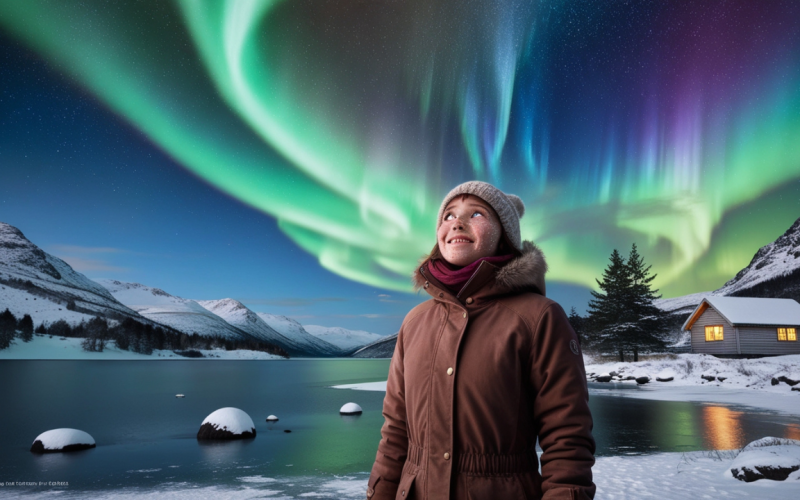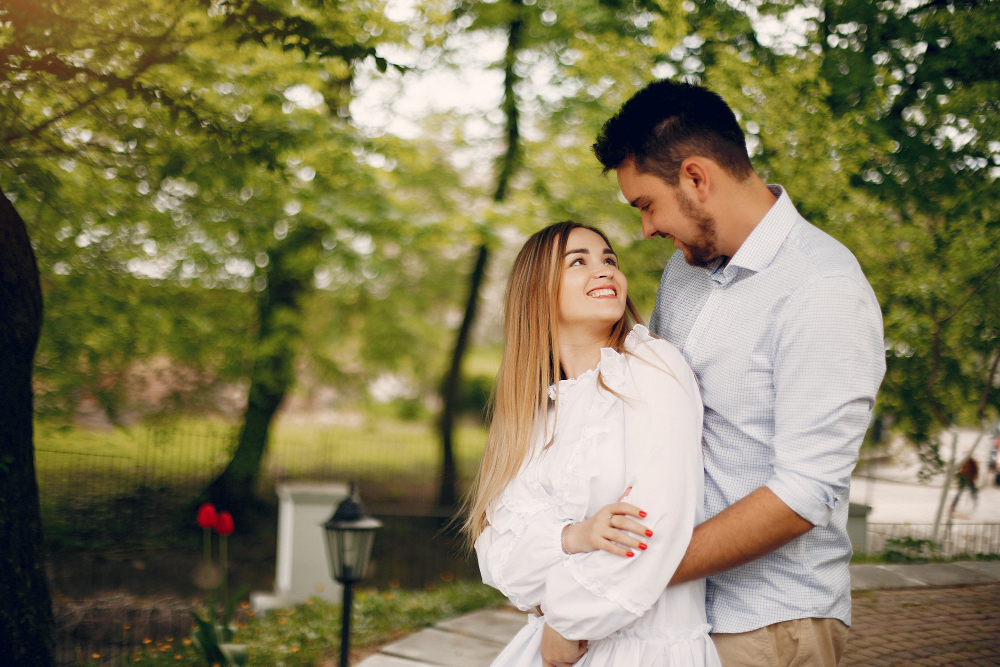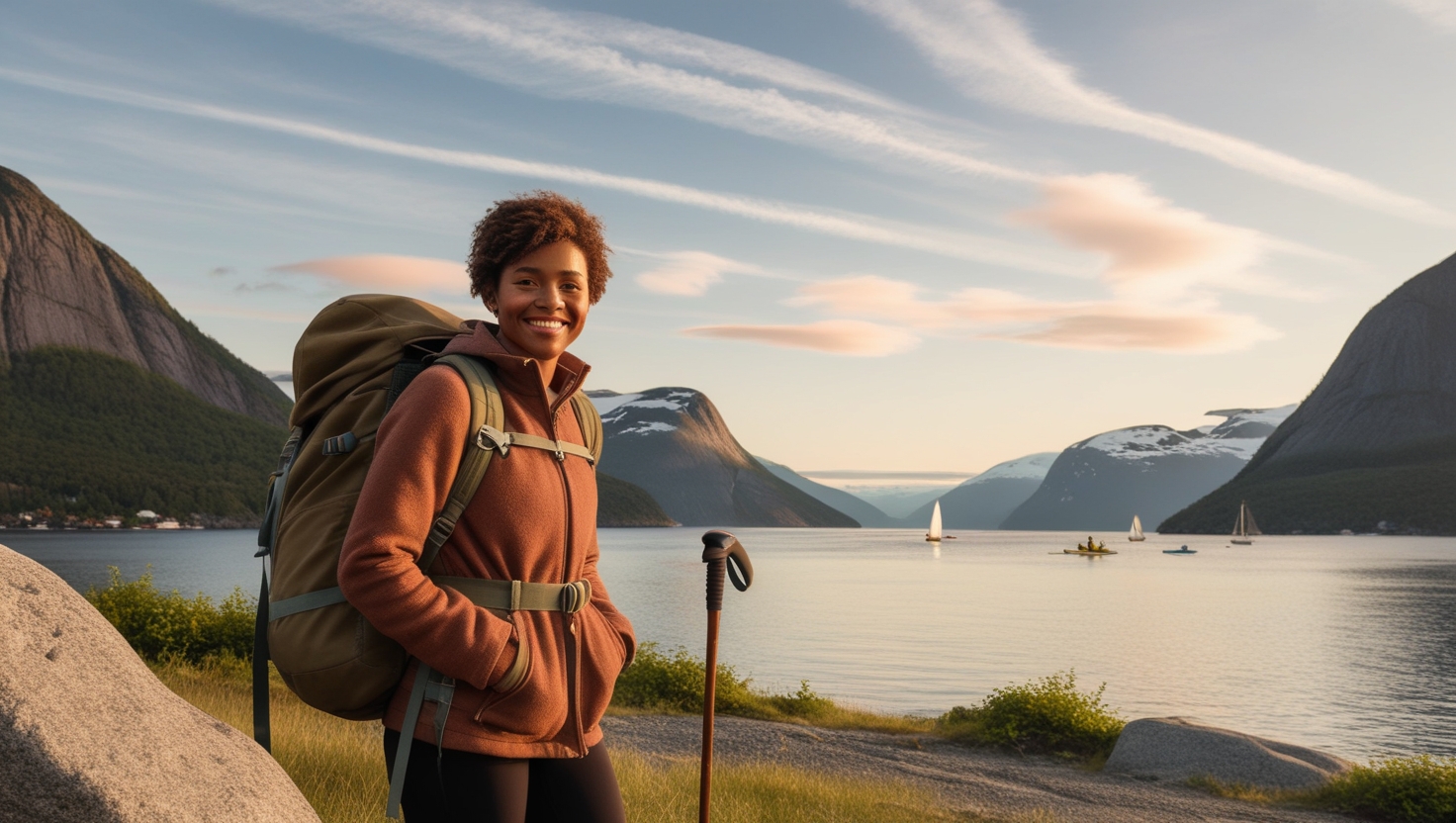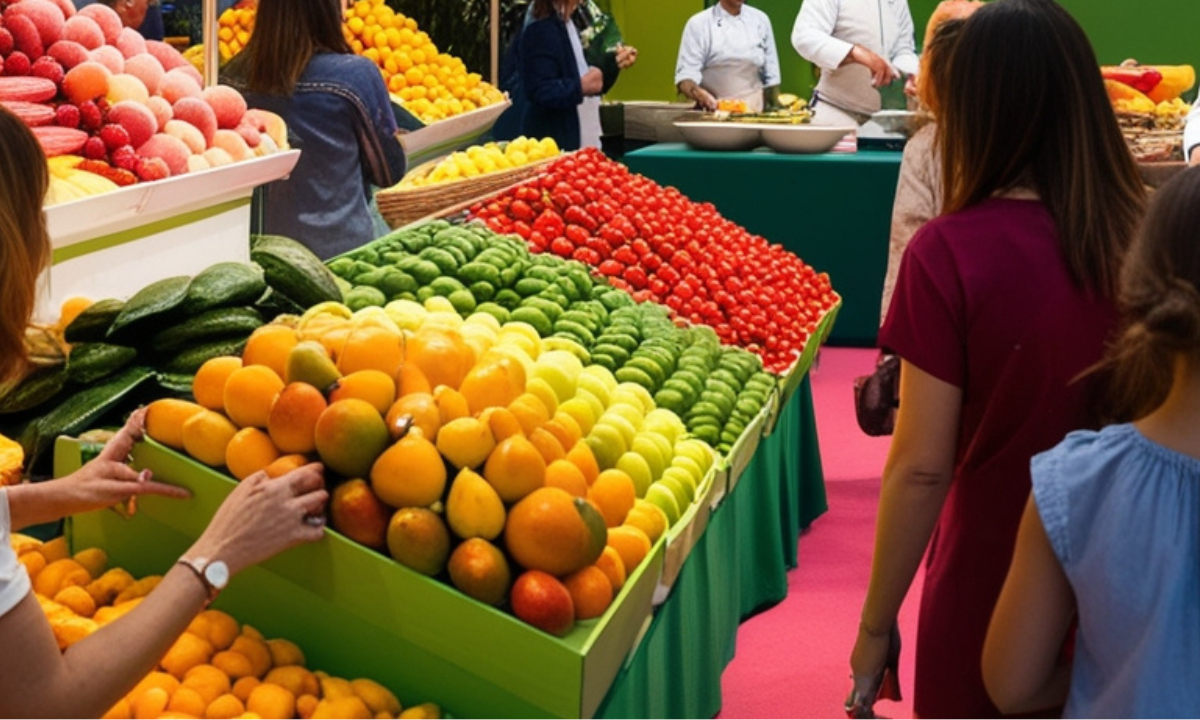The Northern Lights, also known as the Aurora Borealis, are one of Earth’s most beautiful natural phenomena. Their earthly colors make the dark of the night even more attractive to those fortunate enough to see them.
Although most people think of the Northern Lights in connection with much-publicized nations such as Norway, Iceland, and Finland, portions of the UK also mark these sights. But to get any chance of witnessing this sight, you need to be at the right place at the right time and know when and where they are visible.
This article aims to provide information concerning the best time to view the northern lights in the UK, explain the causes and phenomena related to the aurora, name the best places to observe the aurora borealis and increase the likelihood of seeing the light event.
What Are the Northern Lights?
The Northern Lights—Aurora Borealis—are a naturally occurring diffusion caused by solar winds encountering the environment. This impact releases energy, which produces beautiful lights illuminating the night sky.
The variations of color in lights mainly include green, pink, red, yellow, blue, and violet. Green is the most commonly found variation. The phenomenon is seen more in the regions near the North Pole, where places like Norway, Iceland, and Canada are situated, although it can also sometimes be seen as far south as the UK.
How the Northern Lights Are Formed
Describing how each factor above brings about the aurora borealis is exciting and technical. The electrified light is a product of the sun and is known as solar wind. It is caused by the interaction of solar wind particles with the gases in the earth’satmospheres
Solar earth atmosphere magnetic Field
As the solar wind approaches the Earth, it crosses its magnetic field. The particles of the magnetic field redirect these hydrates to either of the poles. They rise to the outermost sky and make direct strikes with oxygen and nitrogen gas, which causes fission and, consequently, an instant glow within the atmosphere known as aurora lights.
- Oxygen produces green and red colors, depending on altitude.
- Nitrogen produces purples and blues.
Solar Activity and Aurora Intensity
The degree of the Northern Lights is caused by solar activity, which is affected by the solar cycle, which is an approximated 11-year cycle of the sun’s magnetic sphere. The solar cycle significantly affects aurora and aurora. Because of increased solar energy activity by the sun, it is possible to see the aurora even more towards the planet’s southern regions as the planet also adheres to lower temperatures.
Best Time of Year to See the Northern Lights in the UK
The lights can be visible all year round but are only seen at certain times of the year due to long night hours and other favorable conditions. Here, we will look at the seasons during which you will find the Northern lights in the UK and decide the best time for your trip.
Winter (November to February)
People Refer to winter as the season for seeing the Northern Lights in the UK. Scotland and other northern parts of the Uprimarily present suitable winter mounts of the lights. This is attributed to the long hours of darkness, which help to visibility the phenomena in concern. Winters have an early sunset, extending the darkness to 24 hours when the lights are high up in the sky.
- Darkness: In all the cases, the recommended times to behold the lights are expected to be from 10 PM to 2 AM.
- Weather: Although winter remains the best season for several chances of long nights ideal for watching the lights, the situation is far from perfect, as cloudy conditions accompany winter.
Autumn (September to November)
Autumn is also one of the best times to see the Northern Lights, especially in the late weeks of September and the beginning of October. The length of the night increases during this time of year, but it is not as stormy as the midwinter season.
Equinoxes: The fall equinox experiences a peak of Auroral activity, making this period optimal for viewing. This is because there are heightened levels of geomagnetic activity around this time.
Moderate temperatures: Autumn is typically more friendly to tourism than winter, all because of reasonable weather conditions.
Spring (March to April)
As with autumn, March 21 is marked with elevated geomagnetic activity owing to the spring equinox. While fewer people search for the Northern Lights in spring because of shorter nights, it is sometimes possible to see the spectacle under the right conditions.
Optimal Conditions for Viewing the Northern Lights
Unfortunately, it is not that simple. Going to the UK and visiting it at the right time of the year does not imply the likelihood of seeing the Northern Lights. Several other factors may also interfere with concentration. Let us explore factors that improve your chances of witnessing this magnificent light display.
Dark Skies
Light pollution is needed to meet the auroral oval, an optimal region for viewing the aurora borealis. Light pollution is required. Light pollution of artificial light, predominantly in cities, affects visibility. This is why the extremes of the Scottish highlands are ideal for aurora hunting; they are miles off the artificial light made by large population centers.
Clear Weather
The Northern lights may be on but can be masked by clouds. Therefore, for a good chance of a sighting, one requires a sky void of clouds. Some websites and apps provide cloud cover forecasts, especially for aurora hunters.
Solar Activity
Solar activity is the reason for auroras’ visibility, and since solar actuators as auroras are day-to-day and year-to-year, so does the visibility of the auroras. Look for this weather event, the KP index, a measure of geomagnetic activity on a scale of zero to nine. A KP index of five or greater suggests a more substantial probability of seeing the auroras in the UK.
- KP 0-2: Aurora is likely visible only in high-latitude areas.
- KP 3-5: Potential for aurora sightings in northern UK areas.
- KP 6-9: Strong chance of aurora visibility across much of the UK, including southern regions.
Best Locations in the UK for Viewing the Northern Lights
It is worth mentioning that not all areas of the UK have the exact probability of seeing the Northern Lights. The further north you are, the greater the odds. Below are some of the top locations in the UK for witnessing the aurora.
Scotland
Scotland is indeed the best place in the UK to catch the Northern Lights due to the latitude and low levels of pollution in the sky. Here are some prime spots:
- Shetland Islands: Due to their geographic location, the Shetland Islands are some of the best places in the UK for Aurora Borealis viewing, being closer to the Arctic Circle.
- Isle of Skye: Skye has dark skies, making it highly suitable for viewing auroras.
- Cairngorms National Park: This national park is ideal for viewing the Northern Lights due to its remoteness and light pollution.
Northern Ireland
Mild Northern Lights are occasionally observed in Northern Ireland, but the chances of viewing such activity are lower than in Scotland. Still, if the conditions are abovementioned, some opportunity to see the lights exists in:
- Mussenden Temple: Due to its location and very dark surroundings, Mussenden Temple is the best spot to catch the Lights in Northern Ireland.
- County Donegal: Although County Donegal is in the Republic of Ireland, it shares a border with Northern Ireland and has clear skies, so it always ranks as a top place for aurora viewing.
Northern England
Dominion of Presence Of The Northern Lights Northern England does not offer the same opportunities as Scotland or Northern Ireland, with occasional sightings of the Northern Lights’ illuminations reported on solid nights. Dark Sky areas such as Northumberland National Park and Light District are decent options for hopeful viewers because of their scenic beauty.
Essential Tips for Spotting the Aurora Borealis in the UK
Seeing the Northern Lights is a matter of when and where those who prefer to locate try to fulfill their needs. In the UK, however, some basic observations will enhance your seeing this miracle.
Monitor Aurora Forecasts: Look for sites and apps, such as the British Geological Survey or AuroraWatch UK, that provide information on Northern Lights activity.
Plan for Multiple Nights: Do not expect to have the grizzly-northern lights interact at all times. To reduce the risk, let it be a visit that allows for more than two nights in the best sitting positions.
Stay Patient: Watching for Auroras is difficult because patience is the main tipping factor due to constant arrivals and intermittent intervals ranging from a few minutes to hours.
Planning Your Trip
Detailing an aurora-viewing expedition within the UK goes way beyond selecting a site date and time. Now, listen to some of the other essential things.
How to Prepare for Aurora Viewing
Dress warmly: During long nights outdoors, it is necessary to dress warmly as the best chance to witness the Northern Lights occurs in the cold spring of winter.
Bring essentials: Thermos, blanket chairs, and other comfortable sensation detachment items visible in this picture may make the experience of the people more enjoyable than it is.
Know your limits: If you go to more isolated places, remember that there may be no services, and your car should be equipped for winter.
Photography Tips for Capturing the Northern Lights
Photographing the Northern Lights proves to be a difficult and exciting task. Here are some tips to help you do just that:
- Use a tripod: Long exposure shots are needed to capture those lights, and the camera will be still with a tripod.
- Manual settings: To obtain bright and rich images, use long exposures (5-15 seconds), a wide aperture (f/2.8 or lower), and a low ISO (800 – 1600) on the camera.
- Focus manually: Low light may make autofocus impossible. Go for focus manually and set it empathetically to infinity.
My Opinion
The Northern Lights are among the most beautiful phenomena in the world. Although Northern Lights are relatively rare and can be seamlessly planned with the right conditions, they are not always. Winter is the prime season to view them, especially in Scotland and further up north; the aurora Borealis is sometimes also sighted in the fall and spring.
Of course, remember to check aAuroraforecasts, watch the weather, and consider how to most benefit from the situation.
It really does not matter whether you are passionate about photography or only want to tick it off your bucket list, as the United Kingdom will provide enough flexibility to view this most spectacular event. If you are fortunate, well prepared, and have some degree of patience, you may witness one of nature’s most enthralling sights.






